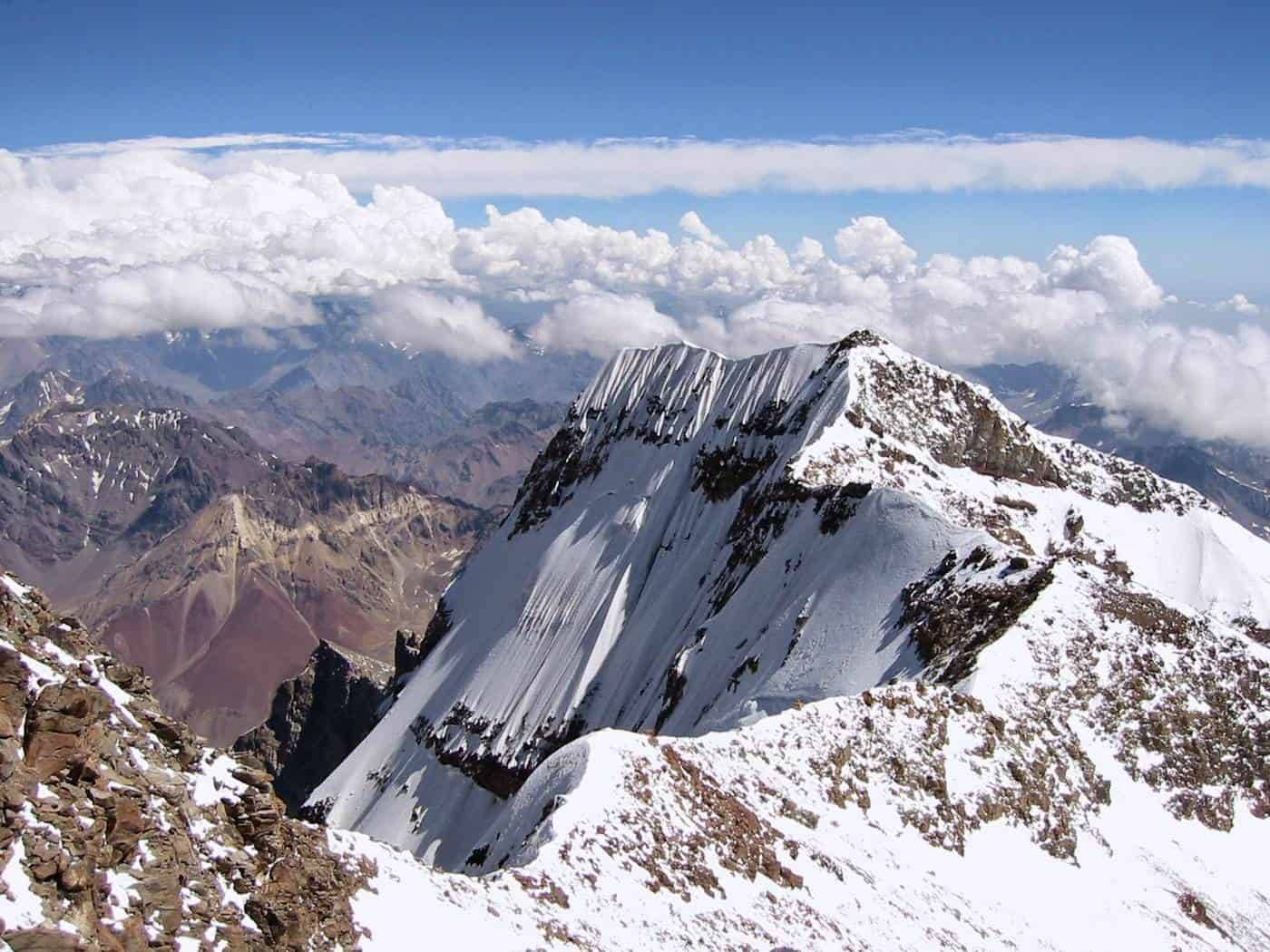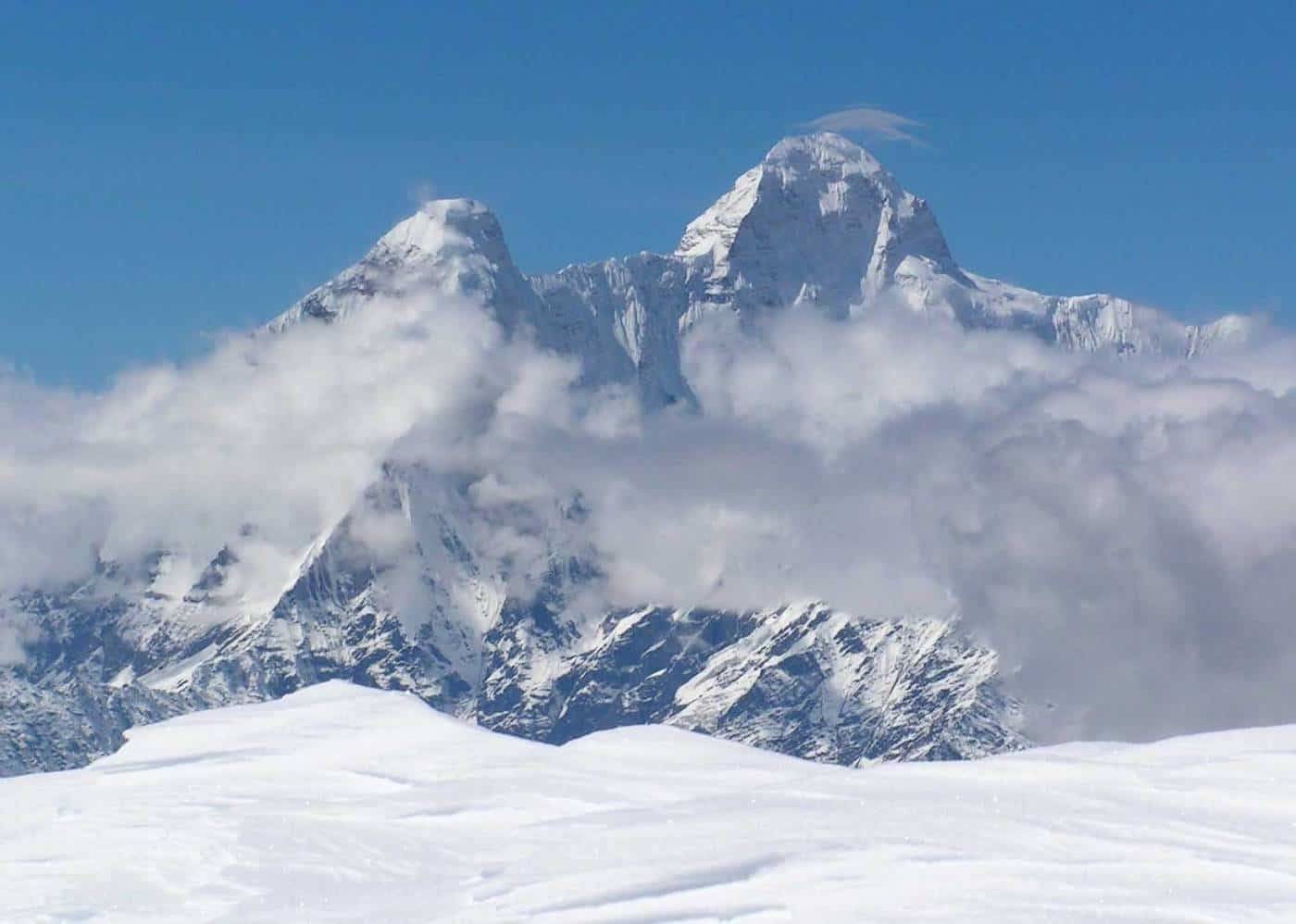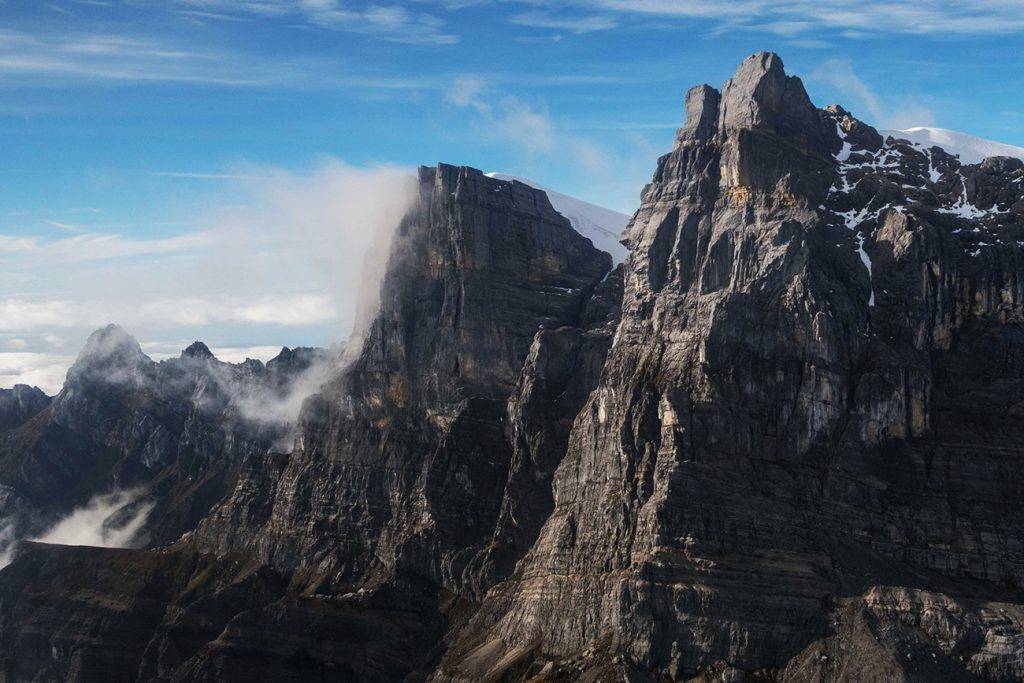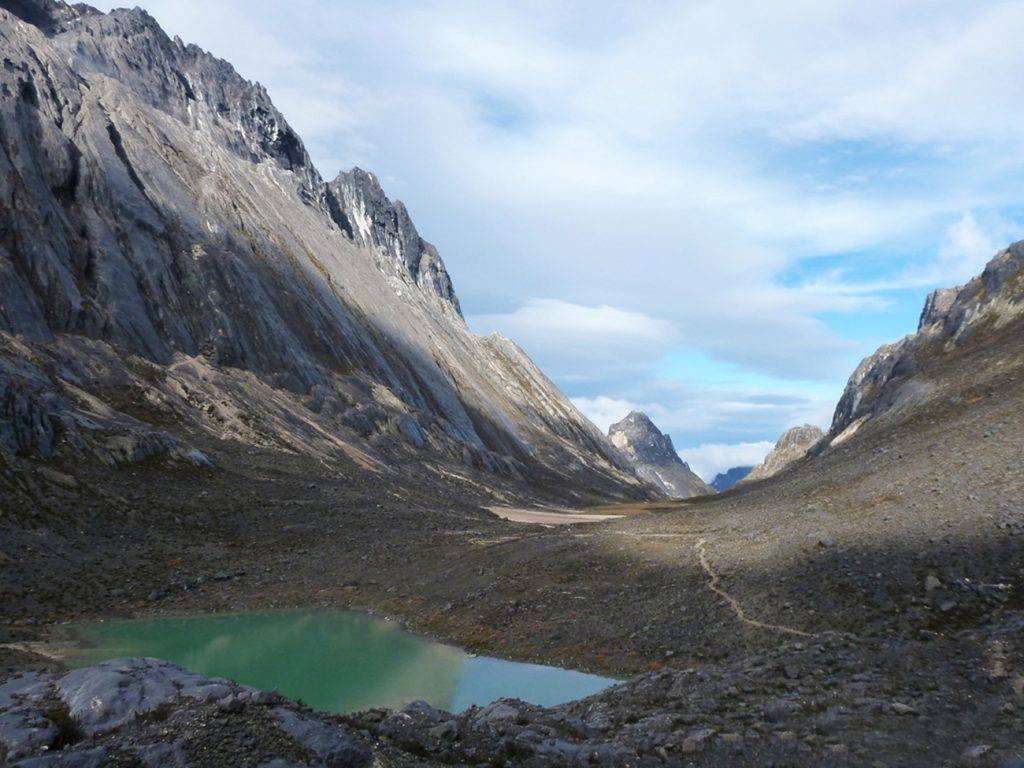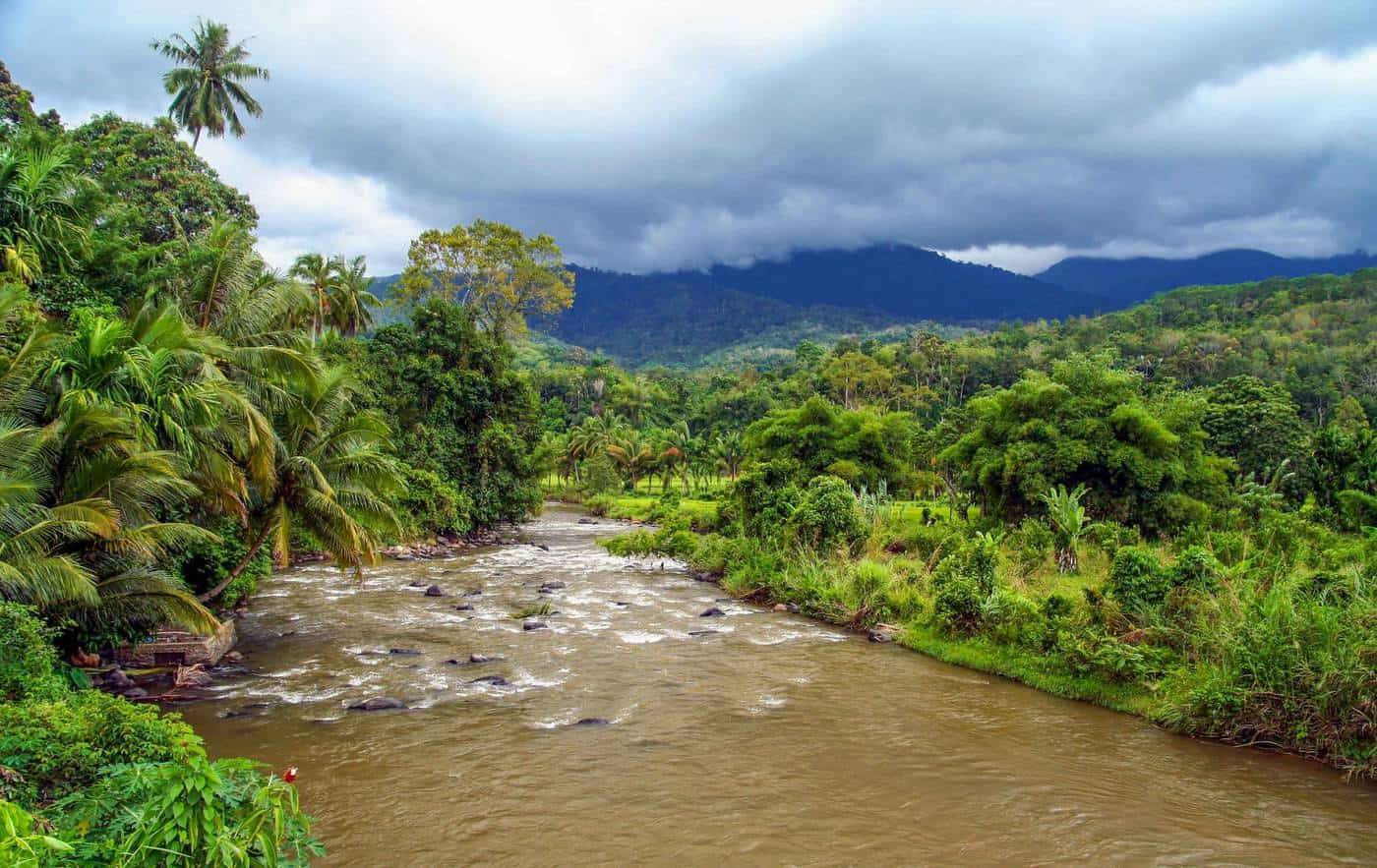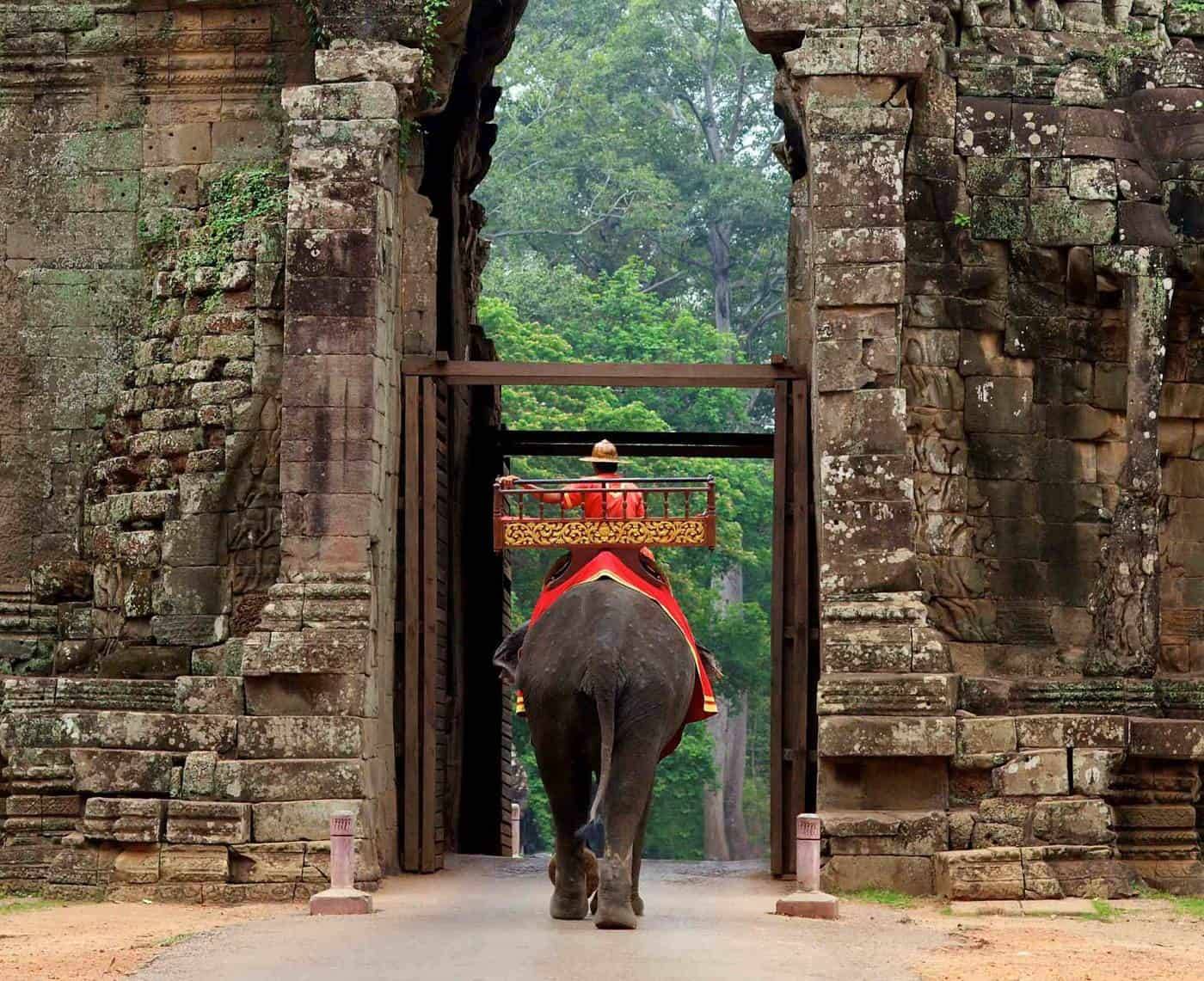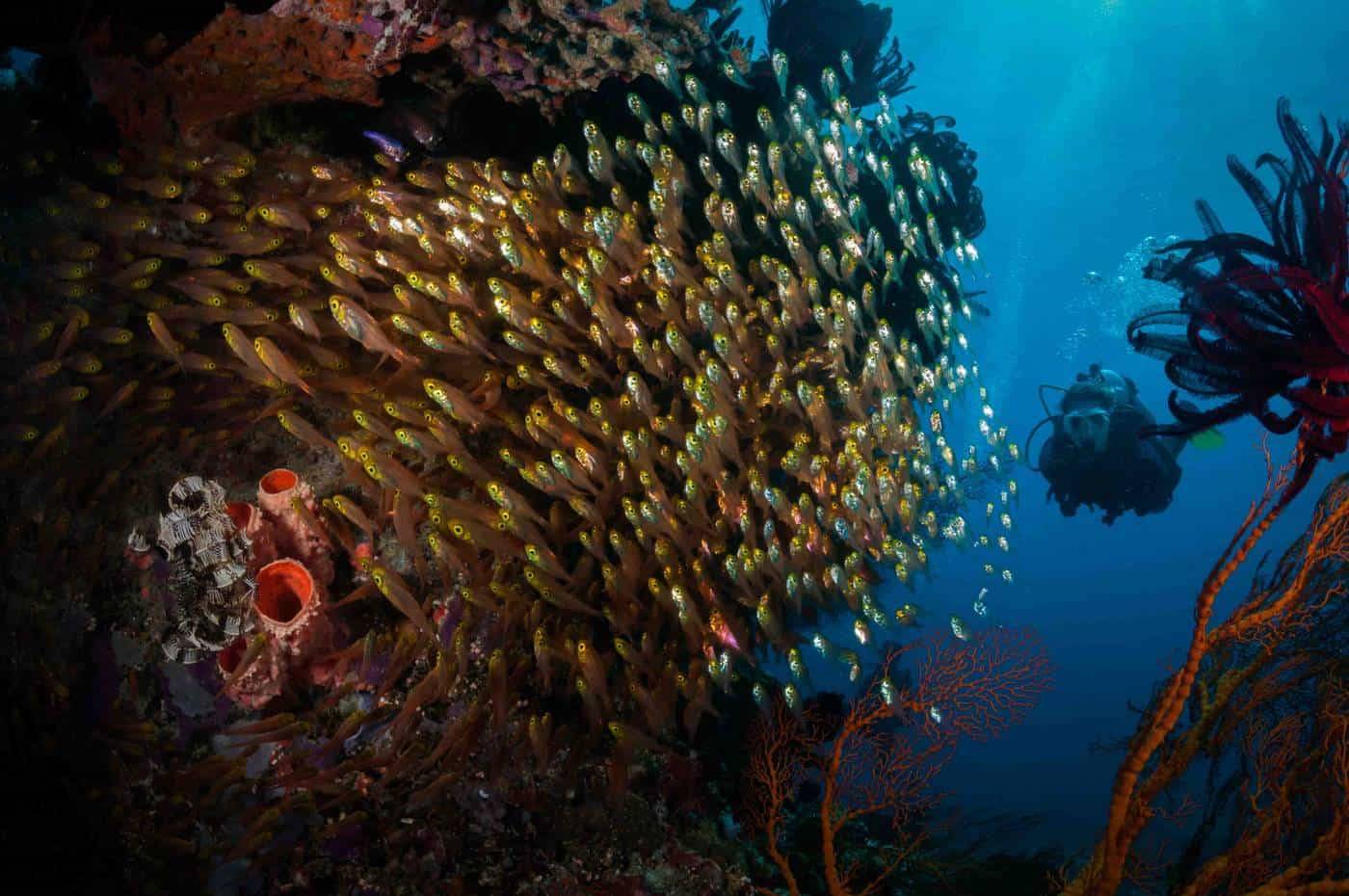
MAOKE MOUNTAINS (CLIMBING THE SNOWY PEAKS OF EQUATOR)
Central Guinean Cordillera is a vast mountain chain spanning along the whole island of New Guinea, from the head to the tail with the highest mountains of Oceania, capped with ice.
West Papua – is home to their top-summits. The highlands are 600 km long and 100 km across. Steep volcanic peaks up to 5000 m high once towered above permanent equatorial glaciers most of which had gradually melted in the last few decades. Today, snow and ice still cover the highest peaks and some glaciers remained.
MAOKE MOUNTAINS
Maoke Mountains comprise the Sudirman and Jayawijaya Ranges – a popular hiking destination for the visitors of Baliem Valley. Maoke means “snow” and it obviously relates to the everlasting white coat of the mountain pinnacles. For instance, the Meren Glacier has gained a reputation among extreme skiers and the Carstensz Pyramid is an absolute bucket-list item for all mountaineers and climbers.
The highest point is Puncak Jaya (4884 m), majestically posing amongst her sibling-peaks: East Carstensz Peak (4808 m), Sumantri (4870 m), Ngga Pulu (4863 m). Standing right at the centre of the Sudirman Range, their slopes are coated with Carstensz, West Northwall Firn and Eastnorthwall Firn Glaciers.
PUNCAK JAYA – THE MOUNT OF SUPERLATIVES
Puncak Jaya (4884 m), known as the Carstensz Pyramid, is the highest mountaintop of Indonesia, the entire New Guinea, the entire Australasia and also the highest island peak in the world.
When the initial Dutch Carstensz expedition attempted to climb the top in 1936, what they saw took their breath away. Their failure did not let the others discouraged and in 1962 the famous Austrian adventurer Henrich Harrer reached the summit of Puncak Jaya for the very first time.
Apart from its astonishing location and historical facts, Puncak Jaya is a lodestone for passionate climbers and top-peak-conquerors. The mount made to The Seven Summits, composed of each of the highest mountain peaks of each seven continents. This is one of the reasons why is this attractive “White Queen” so tempting and seductive.
JAYAWIJAYA (THE ORANGE MOUNTAINS)
The eastern chain of the Maoke Mountains – Jayawijaya, is dominated by the twin-peaks of Puncak Trikora (4750 m) and Puncak Mandela (4760 m), whose ice caps have sadly melted as a result of global warming. Their summits can be climbed from the Baliem Valley (Wamena).
Another remarkable area with excellent hiking conditions is the UNESCO recognised Lorentz National Park, situated between Jayawijaya and Sudirman and gently stretching towards the southern coast of West Papua.
LORENTZ NATIONAL PARK – FROM THE TROPICS TO THE SNOW
Lorentz National Park is an outstanding part of the Maoke Mountains. The extensive territory not only boasts natural beauty and spellbinding scenery it is also the only place in the world that incorporates a continuous transect from permanent snow-caps reaching up to 5000 m, through alpine forest to the tropical coastal wetland.
Geologically and biologically, this zone is one of the most significant conservation areas on Earth. Covering land of about 2.35 million hectares, with more than 30 vegetation types and land systems, a huge variety of endangered endemic Guinean fauna and flora, infinite ethnic diversity (dozens of never contacted indigenous tribes). this is the paradise for ethnologists, zoologists, anthropologists, naturalists and other scientists.
The park is open to travellers, yet Lorentz National Park is a path less trodden. It is good to hire a local guide who can help you to explore the area via trekking and hiking. Wildlife lovers might be interested in rare fauna and flora, including the iconic Bird of Paradise, Tree Kangaroo, Singing Dingo, Pig-nose Turtle, Blue-Crowned Pigeon, Northern Cassowary and other rare species.
Timika is the gateway to the Lorentz National Park as well as the base for the grand Puncak Jaya climb. Local guides, trekking tours and climbing expeditions can be arranged in Timika – a small town with a domestic airport that is well-connected to the capital of West Papua – Jayapura.
CLIMBING THE CARSTENSZ PYRAMID (PUNCAK JAYA)
There are two options to reach the Carstensz Pyramid/Puncak Jaya (4884 m). You can either climb it independently or join an organised expedition. It is a multiple-day, fairly tough climb to make it up to the top and it requires a good level of fitness, acclimatisation to the tropics and adequate equipment.
From Timika village, you can drive via the Grasberg Mines (cheaper but hardcore), or take a charter flight from Timika (the more expensive option) to the village of Llaga – that is where the venture starts.
Several routes will lead you to the summit of Puncak Jaya and it solely depends on your experience and confidence which one do you go with:
1. INDEPENDENT CLIMBERS seeking to test their limits will want to do the standards North Face Route is the longest but the cheapest trek (10-14 days return). The long days of gradual steady elevation through many different climate and surface zones requires mainly endurance and persistence.
The trek begins at the altitude of 2000 m in the remote Dani tribe-village of Ilaga through thick jungles, muddy swamps and deep valleys and it involves river crossings via primitive hanging bridges, continuous heavy rainfalls, dangerous wildlife etc. You can reach the Yellow Valley Base Camp (4300 m) within 4-6 days. Then it “only” takes up to 15 hours to reach the summit via The Plateau and The Tyrolean Traverse (5.8 rock climbing difficulty at the steepest ascend). Even if you are fit and everything runs smoothly you still have to count on some extra days to take the same way back to Ilaga. This is a thrilling once-in-a-lifetime experience!
NOTE you will need to carry all food and water supplies, camping equipment and essential survival gear on your back.
TRAVEL TIP the only thing to make your journey slightly easier is to hire a local porter in Llaga who will carry your backpack ($ 50-100 USD/day).
2. COMFORT LOVERS might like to consider joining the most popular, online pre-booked expedition. There are various trekking operators providing all-inclusive packages where you will be transported to the Yellow Valley Base Camp (4300 m) by a helicopter to make the trip easier.
Then it “only” takes up to 15 hours to reach the summit via The Plateau and The Tyrolean Traverse (5.8 rock climbing difficulty at the steepest ascend). Porters will look after your belongings, local guides will show you the way and you will be given meals and drinks. Be advised that this option is very expensive ($6-8000 USD per person).
NOTE
A scam has been repeatedly reported, especially when booking the Puncak Jaya expedition. Using certain online-tour operators resulted in unpleasant situations when travellers were left behind in the jungle after they paid the full amount of several thousands of dollars. Hence always triple-check on your company!
3.EXTREME DIRECT CLIMB (freestyle climbing or taking any other than North Face Route) is only recommended for the expert climbers, experienced in hiking in the tropics – as you will be doing this on your own. You will need to do the same route from Ilaga village get to the Yellow Valley Base Camp (4300 m) and from then on it is just up to you how to make it through the pyramid.
NOTE You will need to carry all food and water supplies, camping equipment and essential climbing gear on your back.
TRAVEL TIP The only thing to make your journey slightly easier is to hire a local porter in Llaga willing to join you and carry your backpack ($ 50-100 USD/day). The porter will definitely not want to join you at the very last climb-section, though.
IMPORTANT NOTICE
To access West Papua you will need a valid visa that is granted on arrival. To enter the Puncak Jaya territory a government permit (SKJ) is required – that can be obtained at the Police Station in Jayapurna. Generally, the permit is not to be granted to a solo traveller as the corrupted local police co-operate with the local expedition providers who charge ridiculous money for such a trip (which can otherwise be easily done independently). Nevertheless, it is possible to get the permit at the Police Station in Jayapurna – you might need to tip off the police officers). Once you made it, make as many photocopies as you can as you will be asked multiple times on your way to present and hand out the permit (once you have handed it out and asked again you will be asked to pay again).
Corruption is a household name in West Papua. Therefore, you might well be stopped and asked to pay an extra fee or a tip by literally anyone during trekking and hiking if travelling independently (without paying you might not be allowed to continue your expedition). Make sure you have some cash on you at all times.
Scam has been repeatedly reported especially when booking the Puncak Jaya expedition online. Using certain online-tour resulted in unpleasant situations when travellers were left behind in the jungle after they paid the full amount of several thousands of American dollars. Hence always triple check on your company!
RELIABLE PUNCAK JAYA EXPEDITION OPERATORS:
http://www.adventureindonesia.com/carstensz-welcome.htm
http://www.dr-weiglein-expeditions.de/
NOTE
Puncak Jaya is one of the most challenging hikes in the world facing high humidity and tropical climate at the first stage of the route, frequent tropical snow storms at the final section and often unmarked or misleading paths.
This is extremely remote part of the world with no mobile network coverage, poor facilities, limited ATM options (it is essential to bring a good amount of cash)
Trekking in the Lorenz NP requires to have your own camping equipment and food supplies since the conservation area is not built for tourism
Be advised of the high risk of the high altitude disease, malaria and yellow fever in West Papua – some Western countries will not let you in without being vaccinated prior to travelling to New Guinea.
WHEN TO TRAVEL
Dry season goes from May till October (the only time of a year when the Maoke Mountains are accessible). However, heavy rainfalls in the rainforest and tropical snow storms in higher altitudes are frequent throughout the year.
HOW TO GET THERE
The best way to get to Timika (for Puncak Jaya expeditions and Lorentz National Park) and Wamena (for Baliem Valley, Jayawijaya and the Orange Mountains) is from the capital city of West Papua – Jayapura. Domestic flights to either destination via Trigana Air, Wings Abadi Airlines and PT Nam Air take approximately 45 min.
For all international flights go to www.skyscanner.com or www.momondo.com
Note that West Papua officially belongs to INDONESIA.
There are 3 main domestic airlines operating between Jakarta (Java) or Denpasar (Bali) to Jayapura (West Papua) – Lion Air, Garuda Indonesia and Sriwijaya Air.
